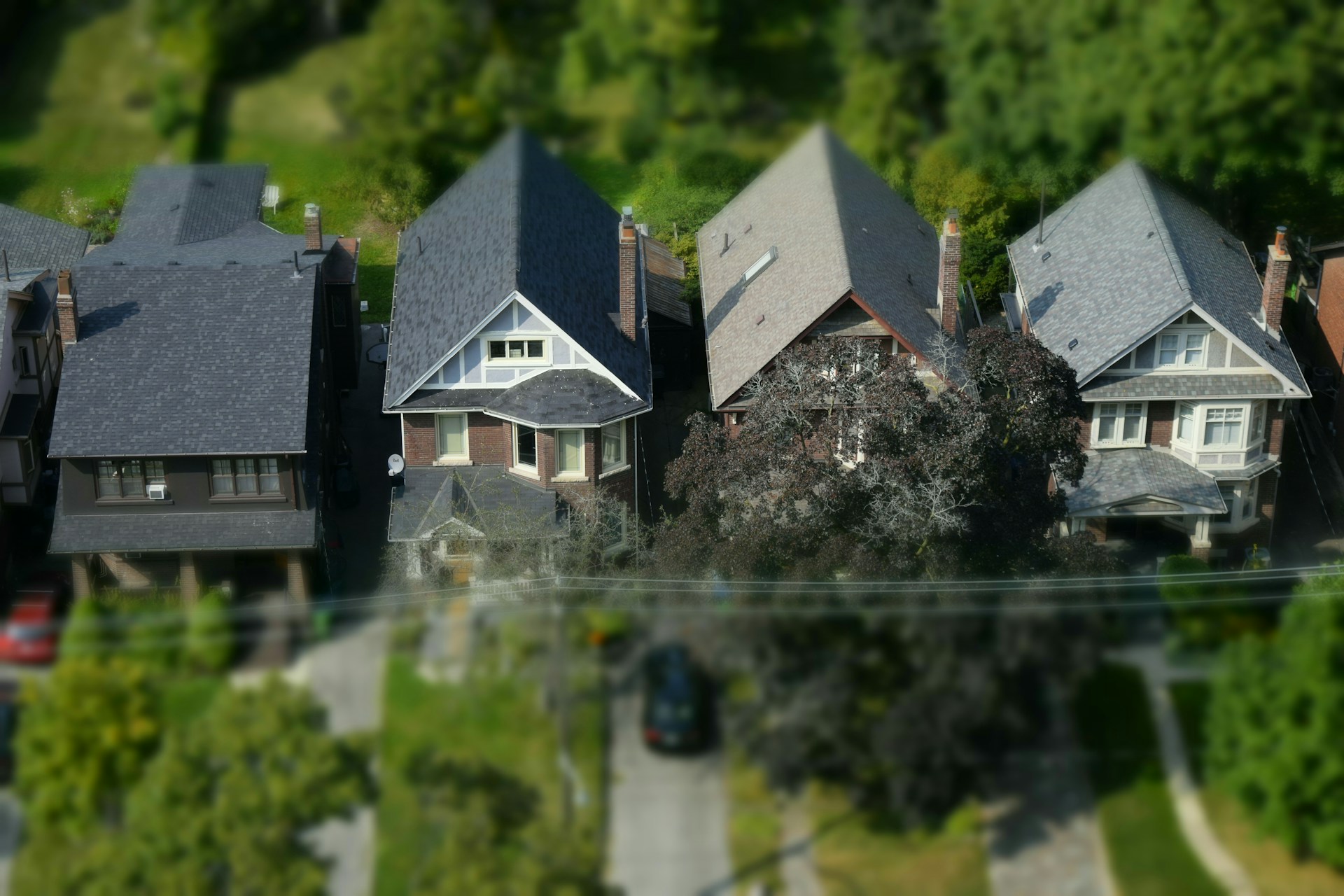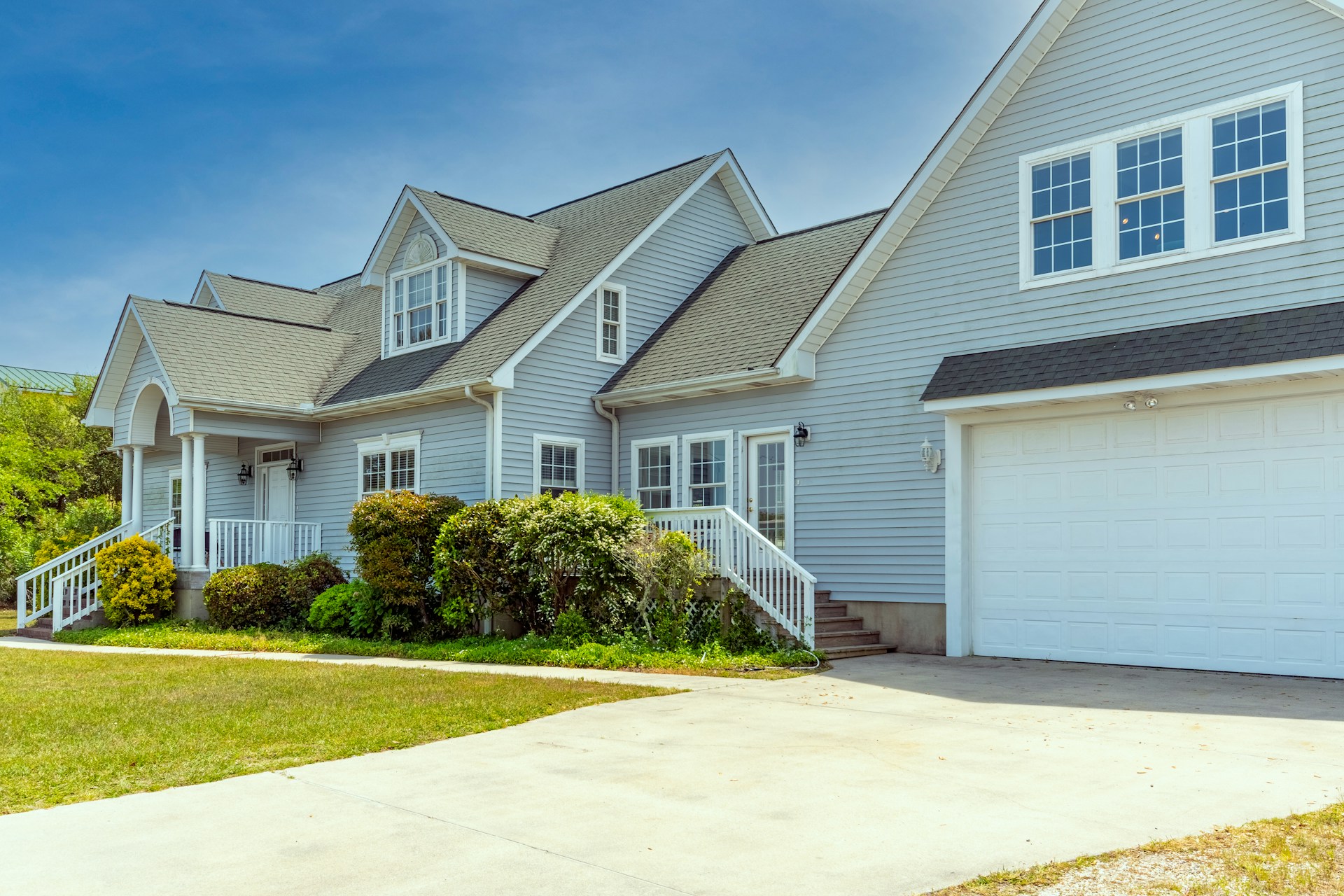When you realize it’s time to replace your roof, the first (and most stressful) question on your mind is almost always: “How much is this going to cost me?”
Let’s be honest—replacing a roof isn’t the most exciting purchase. A new car would feel more fun. But when it comes to protecting your largest asset—your home—your roof is your first line of defense. And getting this right means understanding what you’re actually paying for.
Let’s Get Right to the Point: It Depends.
There’s no one-size-fits-all answer to roofing costs, because it all comes down to your home’s unique details.
The size of your roof is one of the biggest variables. A small ranch home may have far fewer materials and labor involved than a multi-story colonial with hips, valleys, and complex architectural features. Roof pitch matters too. A steep or high roof is harder and more dangerous to install, which increases labor time and safety considerations—and ultimately, cost.
Dangerous Jobs
Material choice also has a major influence. Most homeowners choose architectural shingles, which strike a balance between price, durability, and curb appeal. Higher-end homes might use designer shingles, standing seam metal, or barn metal roofing, which are more expensive but offer longer lifespans and bold aesthetics. Then there’s location—delivery fees, local code requirements, and labor rates can vary by city or State. Even your home’s accessibility—tight spaces, fences, or landscaping—can affect setup and labor.
If your current roof has multiple layers of shingles that need to be removed, or if your decking is outdated (like space decking or thin planks) or rotted, those must be addressed before any new shingles go on. Lastly, your home may need code upgrades such as ventilation improvements or updated flashing, depending on local building standards.
Are 3-Tab Shingles Still the Cheapest Option?
In years past, choosing a 3-tab shingle was a quick way to save money on a roof replacement. But the industry has shifted.
Manufacturers are now focused on more durable, better-looking, and longer-lasting products—like entry-level architectural shingles that outperform 3-tabs in almost every category: wind resistance, curb appeal, longevity, and even warranty coverage.
In fact, due to lower demand and production volume, 3-tabs are sometimes more expensive per bundle than entry-level architectural shingles, depending on the brand and supplier.
At ROOFS MADE EASY, we don’t offer 3-tab shingles at all. Why? Because we believe architectural shingles are far superior—and the small price difference just isn’t worth compromising your home’s protection or aesthetics.
Average Roof Cost in Northeast Ohio (2025)

While every home is different, most full roof replacements in Northeast Ohio will fall between $10,000 and $15,000.
Some larger or more complex homes can go higher, and smaller, low-slope homes may fall below that range. But for a standard 1,500–2,000 sq ft home with architectural shingles, this is a solid ballpark.
typical tiled man sard roof New Zealand suburban house
Here’s a rough breakdown of typical cost ranges:
- Small homes (1,000–1,300 sq ft): $8,500–$11,000
- Mid-size homes (1,400–2,000 sq ft): $10,000–$15,000
- Larger or complex homes (2,100+ sq ft): $14,000–$20,000+
These estimates assume a full tear-off, code-compliant install, and no major structural repairs.
Why Your Roofing Company Makes a Big Difference
What you’re paying for isn’t just shingles and nails. You’re also paying for the skilled crew that installs them correctly, the delivery and dumpster fees to get materials in and out of your space, and the cost of hauling away the old roof.
Dangerous Jobs
If permits are required, those are part of the job too. And behind the scenes, the roofing company is managing your project—scheduling crews, coordinating materials, ensuring everything is done on time and to code. That overhead includes insurance, payroll, gas, trucks, software, and customer service staff.
Every roofer also needs to make a reasonable profit to stay in business. If a quote seems suspiciously low, be cautious—corners may be cut on materials, labor, or hidden fees that show up later.
What Should Be Included in a Roofing Quote?
A proper quote should be clear and comprehensive. It should include:
- Full tear-off of existing layers
- Delivery of new materials
- Dumpster or disposal of debris
- Underlayment and ice & water shield
- Starter shingles, ridge cap, flashing, pipe boots, and vents
- All labor and cleanup
- Permitting costs (if applicable)
Unfortunately, some companies leave things like dump fees or delivery charges out of the base quote—and homeowners don’t realize it until later. Always ask for everything to be spelled out in writing.

How People Are Financing Roofs in 2025
Roofing isn’t cheap—and few people budget for it years in advance. That’s why financing is more common than ever.
Some homeowners use credit cards or bank loans, but more often, they choose unsecured financing through the contractor, especially if it offers flexible monthly options. Others go with a HELOC, a cash-out refinance, or pay with proceeds from a storm-related insurance settlement.
At ROOFS MADE EASY, our instant quote tool lets you preview real monthly payments without any sales pitch or pressure—just simple numbers, on your own terms.
A Quick Note From Roofs Made Easy
At ROOFS MADE EASY, we believe in one thing above all: TRANSPARENCY. That means no pressure. No hidden fees. No fast-talking reps.
We do something almost no one else in the industry does: If we uncover hidden damage or code-required issues during your install, we complete those repairs AT-COST—with no profit added. You’ll get a clear breakdown, and we’ll move forward only if it makes sense. No upselling. No surprises.
Want a Fast, Accurate Roof Quote Without the Sales Pitch?
Use our free instant quote tool to get your actual price in under 60 seconds. No hard sales pressure, gimmicks, or hidden fees—just honest pricing and real numbers.
